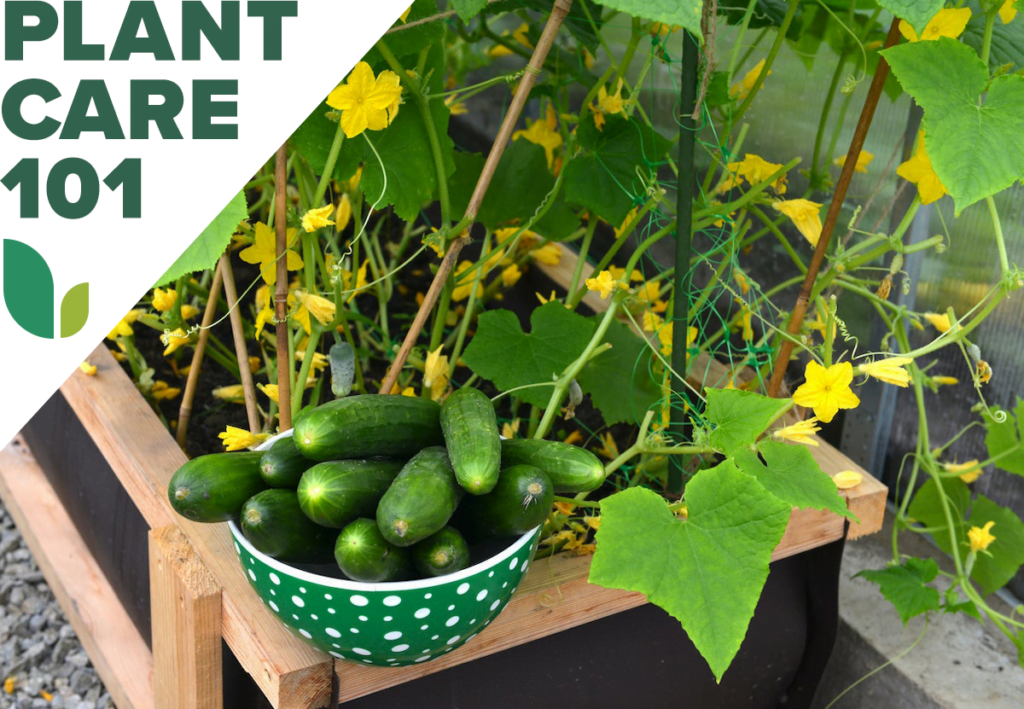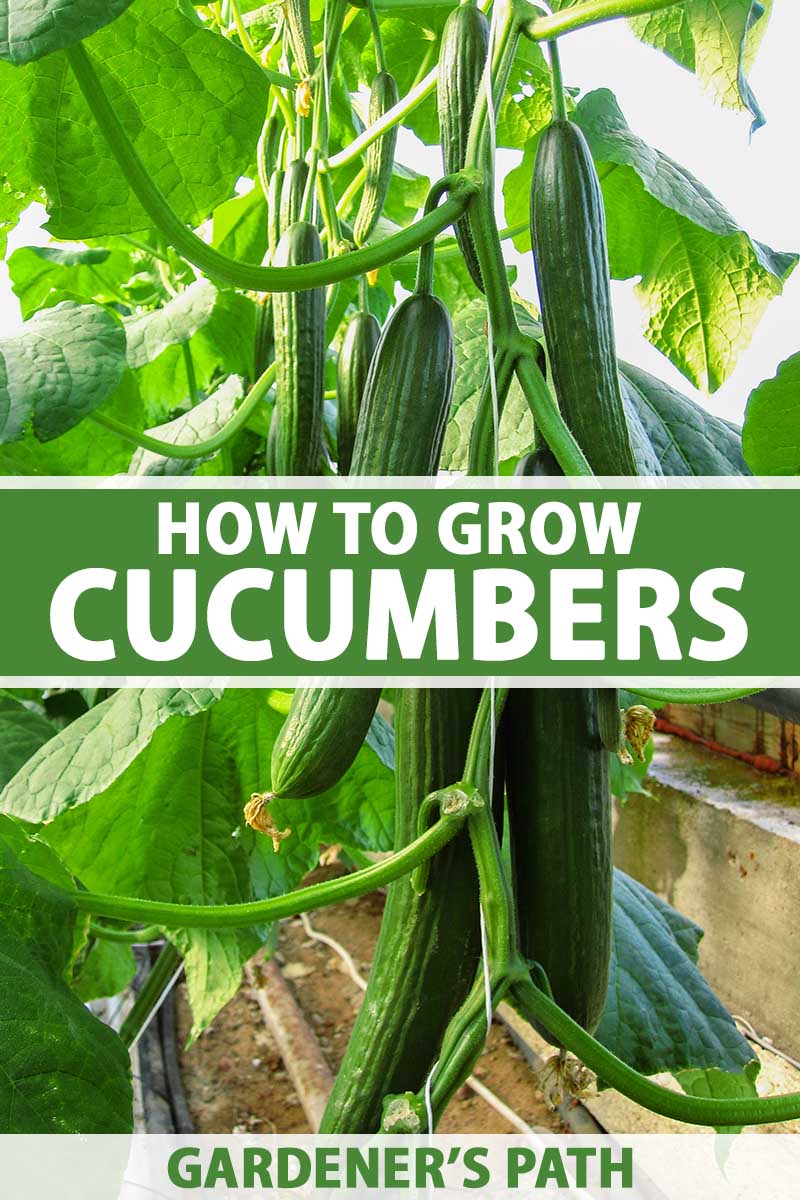So you’re interested in learning about transplanting cucumbers? Well, you’ve come to the right place! In this article, we’ll give you all the essential information you need to know about when and how to transplant your cucumber seedlings. Whether you’re a seasoned gardener or a novice looking to try your hand at growing cucumbers, this guide will provide you with valuable insights and tips to ensure a successful transplanting process. So, let’s dig in and get those cucumbers flourishing in no time!
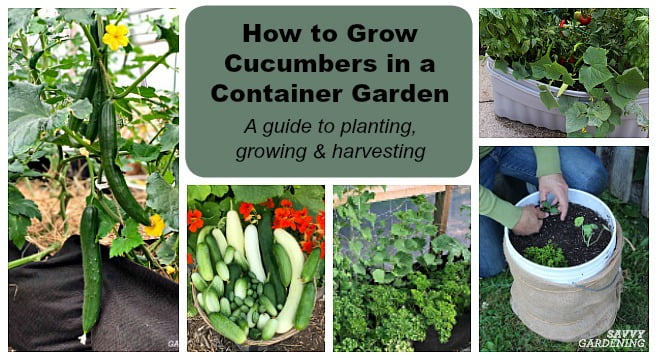
Choosing the Right Time to Transplant
Choosing the right time to transplant cucumbers is crucial for their success in the garden. Transplanting too early can result in damage or death to the seedlings, while transplanting too late can lead to stunted growth and reduced yields. To determine the best time for transplanting, there are two important factors to consider: the last frost date and the ideal transplant date.
Determining the Last Frost Date
The last frost date refers to the average date in your area when the last frost of the season typically occurs. It is important to know this date because cucumber seedlings are highly sensitive to frost and cannot survive in freezing temperatures. You can usually find information on the last frost date for your location from local gardening resources, such as agricultural extension offices or online gardening forums.
Calculating the Ideal Transplant Date
After determining the last frost date, you can calculate the ideal transplant date for your cucumber seedlings. Typically, cucumber seedlings are ready to be transplanted into the garden around 2 to 4 weeks after the last frost date. This allows enough time for the seedlings to grow and develop before being exposed to outdoor conditions. To calculate the exact transplant date, you can count back from the last frost date based on the recommended number of weeks for your particular cucumber variety.
Preparing the Transplanting Site
Once you have determined the right time to transplant, it is important to prepare the transplanting site properly. This includes selecting a suitable location, preparing the soil, amending the soil if needed, and developing a support system for the cucumber plants.
Selecting a Suitable Location
Cucumbers thrive in a location that receives at least 6 to 8 hours of direct sunlight per day. When selecting a location, consider the amount of sunlight it receives and ensure that it is not shaded by nearby structures or trees. Additionally, choose a location with good soil drainage to prevent waterlogging, which can cause root rot and other issues.
Preparing the Soil
Before transplanting cucumber seedlings, it is important to prepare the soil in the transplanting site. Start by removing any existing weeds or grass from the area. Then, use a garden fork or tiller to loosen the soil to a depth of at least 12 inches. This will improve the soil’s structure, allowing roots to penetrate easily and access water and nutrients.
Amending the Soil
Depending on the quality of your soil, you may need to amend it with organic matter, such as compost or well-rotted manure. Incorporating organic matter into the soil improves its fertility, drainage, and overall health. Before transplanting, spread a layer of organic matter over the soil surface and mix it in thoroughly using a garden fork or tiller.
Developing a Support System
Cucumbers are vining plants that require support to grow vertically and prevent their fruits from coming into contact with the ground. Before transplanting, set up a support system for your cucumber plants. This can be a trellis, stakes, or a fence. Make sure the support system is sturdy enough to withstand the weight of the vines and fruits as they grow.
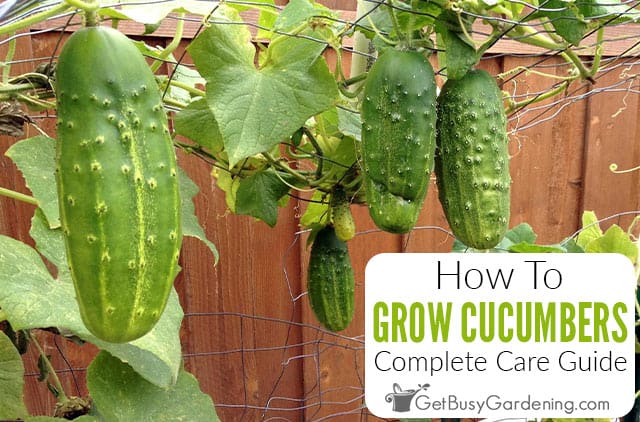
Seedling Preparation
Before transplanting cucumber seedlings into the garden, it is necessary to start the seeds indoors and prepare the seedlings for the outdoor environment.
Starting Cucumber Seeds Indoors
To ensure a successful transplant, start cucumber seeds indoors about 3 to 4 weeks before the calculated transplant date. Fill seed trays or small pots with a nutrient-rich seed-starting mix and plant one or two cucumber seeds in each container. Moisten the soil with water and cover the containers with plastic wrap or a clear plastic dome to create a greenhouse-like environment. Place the containers in a warm location, ideally around 70 to 80°F, until the seeds germinate.
Transplanting Seedlings
Once the cucumber seedlings have developed their first true leaves, they are ready to be transplanted into larger containers or individual pots. Carefully remove the seedlings from the seed trays or small pots, being cautious not to damage the delicate roots. Gently separate any seedlings that may be growing too closely together, and then transplant each seedling into its own container. Make sure to plant the seedlings at the same depth they were growing previously, and lightly firm the soil around the stems to provide support.
Transplanting Cucumber Seedlings
Transplanting cucumber seedlings into the garden requires proper preparation and timing to ensure their successful establishment.
Hardening Off
Before transplanting cucumber seedlings directly into the garden, they need to go through a process called hardening off. Hardening off gradually exposes the seedlings to outdoor conditions, preparing them for the change in temperature, sunlight intensity, and wind. Start by placing the seedlings in a shady, sheltered location outdoors for a few hours each day, gradually increasing the amount of time they spend outside over the course of a week. This process allows the seedlings to acclimate to the outdoor environment and reduces the risk of transplant shock.
Watering Seedlings
Proper hydration is important both before and after transplanting cucumber seedlings. Before transplanting, water the seedlings thoroughly to ensure the soil is evenly moist. This helps prevent the roots from drying out during the transplanting process. After transplanting, water the seedlings again to settle the soil and provide them with sufficient moisture to support their growth. Continue to monitor the soil moisture regularly and water as needed to keep the soil consistently moist but not waterlogged.
Timing the Transplantation
Timing is critical when transplanting cucumber seedlings. Aim to transplant them into the garden during a period of mild weather, avoiding extremely hot or cold conditions. The ideal transplanting temperature for cucumbers is around 60 to 70°F. Transplanting on a calm, cloudy day or in the late afternoon can also help reduce stress on the seedlings.
Digging Holes and Spacing
Before transplanting, prepare holes in the garden that are wide and deep enough to accommodate the roots of the cucumber seedlings. Space the holes according to the recommended spacing for your particular cucumber variety, typically around 12 to 24 inches apart. This spacing ensures adequate airflow and sunlight penetration between the plants, reducing the risk of disease and promoting healthy growth.
Transplanting Seedlings in the Garden
Once the seedlings have been hardened off and the transplanting site is prepared, it is time to transplant the cucumber seedlings into the garden. Carefully lift each seedling from its container, holding it by the leaves rather than the delicate stems. Place the seedling in the prepared hole, making sure the roots are fully covered with soil. Gently firm the soil around the base of the seedling to provide support and eliminate any air pockets. Repeat this process for all the cucumber seedlings, spacing them according to the recommended guidelines.

Maintaining Transplanted Cucumbers
After transplanting the cucumber seedlings into the garden, it is important to provide them with proper care to ensure healthy growth and a bountiful harvest.
Watering
Regular watering is essential for transplanted cucumber seedlings, especially during the initial weeks after transplanting. Water the plants deeply and evenly to keep the soil consistently moist. Avoid excessive watering, as it can lead to waterlogged soil and root rot. Mulching can help retain moisture in the soil and reduce the frequency of watering.
Mulching
Mulching around cucumber plants helps conserve soil moisture, suppress weed growth, and maintain a more consistent soil temperature. Apply a layer of organic mulch, such as straw or shredded leaves, around the base of the plants, taking care not to place it directly against the stems. This will also help prevent the fruits from coming into contact with the soil, reducing the risk of rot.
Fertilizing
Cucumbers are heavy feeders and require regular fertilization to support their vigorous growth. Before transplanting, incorporate a balanced granular fertilizer into the soil according to the manufacturer’s instructions. Additionally, you can supplement with liquid fertilizers or organic amendments throughout the growing season. Pay attention to the specific nutrient requirements of cucumbers and adjust the fertilizer application accordingly.
Training and Pruning
Proper training and pruning of cucumber plants help maximize their productivity and keep them well-organized in the garden. As the plants grow, gently guide the vines onto the support system, ensuring they are securely attached. Regularly check for any unwanted lateral shoots or suckers and pinch them off to encourage upward growth and prevent overcrowding.
Pest and Disease Control
Cucumber plants are susceptible to various pests and diseases, including cucumber beetles, powdery mildew, and downy mildew. Monitor your plants regularly for any signs of pest damage or disease symptoms. Take preventive measures, such as applying organic insecticides or fungicides when necessary, to protect your cucumber plants from potential threats. Additionally, practicing crop rotation and proper sanitation in the garden can help minimize the risk of pests and diseases.
Harvesting Cucumbers
Knowing when to harvest cucumbers is crucial for enjoying them at their peak flavor and texture. Harvesting too early can result in underdeveloped and bitter tasting fruits, while harvesting too late can lead to oversized and seedy cucumbers. Here are some guidelines to follow when harvesting cucumbers.
Recognizing Maturity
Cucumber maturity can be determined by their size, color, and texture. Most cucumber varieties are harvested when they reach a length of 6 to 8 inches. However, some varieties are specifically bred for pickling and are harvested at a smaller size. The color should be uniformly green, and the skin should feel firm and smooth to the touch. Avoid harvesting cucumbers that have a yellowish color or wrinkled skin, as these are signs of overripeness.
Harvesting Techniques
To harvest cucumbers, use a pair of sharp garden scissors or pruners to cut the stem just above the fruit. Avoid pulling or twisting the cucumber, as this can damage the plant. Be gentle when handling the fruits to prevent bruising or scratching the skin. It is best to harvest cucumbers early in the morning when they are cool and crisp.
Post-Harvest Care
After harvesting, it is important to handle and store cucumbers properly to maintain their freshness and quality. Rinse the cucumbers with cool water to remove any dirt or debris, and then dry them thoroughly. Store unwashed cucumbers in the refrigerator, preferably in a perforated plastic bag or airtight container to retain moisture. Use harvested cucumbers as soon as possible for the best flavor and texture.
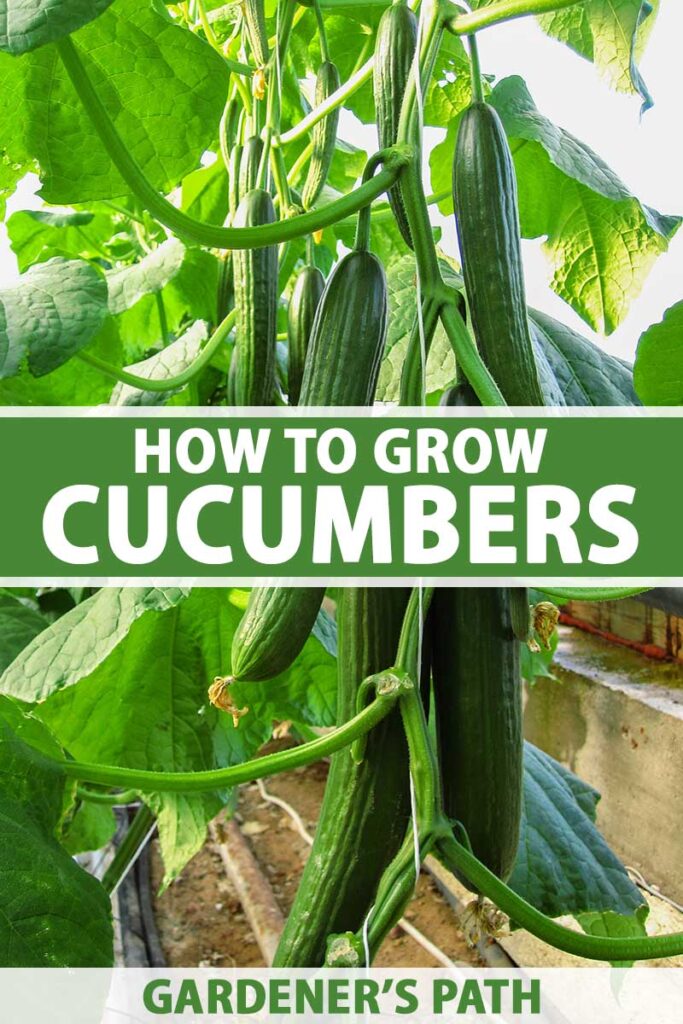
Common Transplanting Mistakes
While transplanting cucumbers can be a rewarding experience, it is common to make mistakes along the way. Here are some common transplanting mistakes to avoid to ensure the success of your cucumber plants.
Transplanting Too Early
Transplanting cucumbers too early, especially before the last frost date, can expose the seedlings to cold temperatures and potential frost damage. Wait until the danger of frost has passed and the soil has warmed up sufficiently before transplanting your cucumber seedlings.
Transplanting Too Late
On the other hand, transplanting cucumbers too late can result in stunted growth and reduced yields. Make sure to calculate the ideal transplant date based on the recommended number of weeks after the last frost date.
Improper Hardening Off
Neglecting to harden off cucumber seedlings properly can shock them and increase the risk of transplant failure. Gradually expose the seedlings to outdoor conditions over several days or weeks before transplanting them into the garden.
Insufficient Watering
Proper watering is crucial for the establishment and growth of transplanted cucumber seedlings. Make sure to water the seedlings thoroughly before and after transplanting and maintain consistent soil moisture throughout the growing season.
Overcrowding
Planting cucumber seedlings too closely together can lead to overcrowding, poor air circulation, and increased risk of disease. Follow the recommended spacing guidelines for your particular cucumber variety to ensure healthy growth.
Neglecting Pest and Disease Management
Pests and diseases can quickly damage or even kill your cucumber plants if not properly managed. Regularly monitor your plants for signs of pests or diseases and take appropriate measures to control them, such as using organic insecticides or fungicides, practicing crop rotation, and maintaining garden hygiene.
Conclusion
Transplanting cucumbers can be a rewarding and enjoyable experience, resulting in a bountiful harvest of delicious and fresh cucumbers. By carefully choosing the right time to transplant, preparing the transplanting site, starting cucumber seeds indoors, and properly transplanting the seedlings into the garden, you can give your cucumbers the best chance for success. In addition, maintaining and caring for the transplanted cucumber plants, harvesting them at the right time, and avoiding common transplanting mistakes will help you achieve optimal results. So go ahead, follow these guidelines, and enjoy the process of growing your own cucumbers in your garden!
